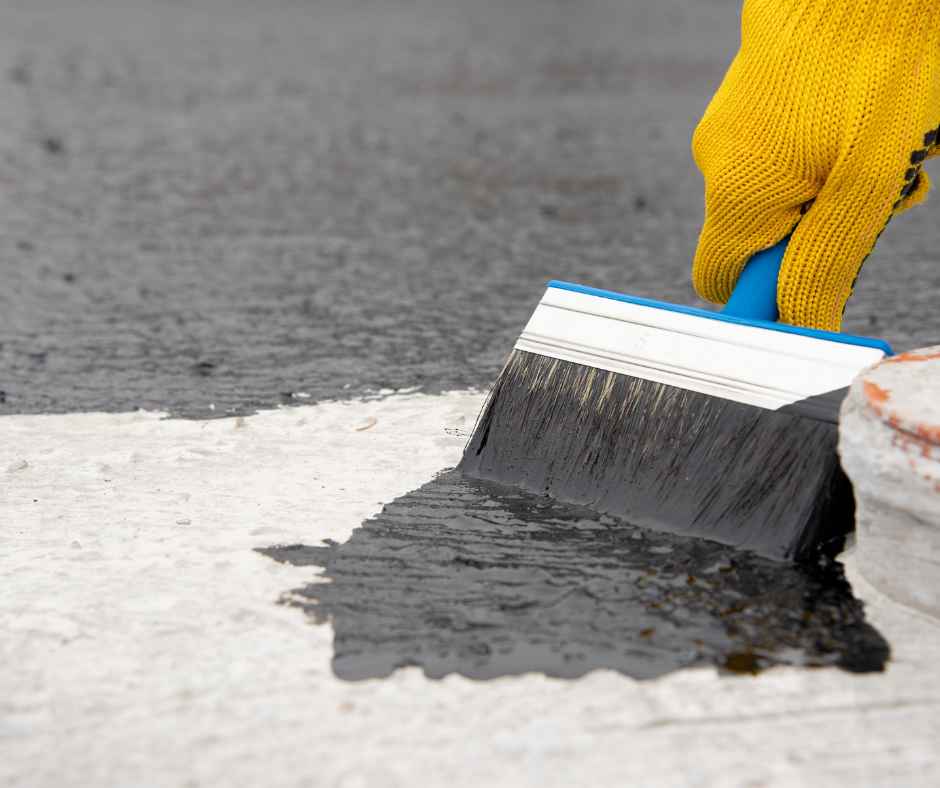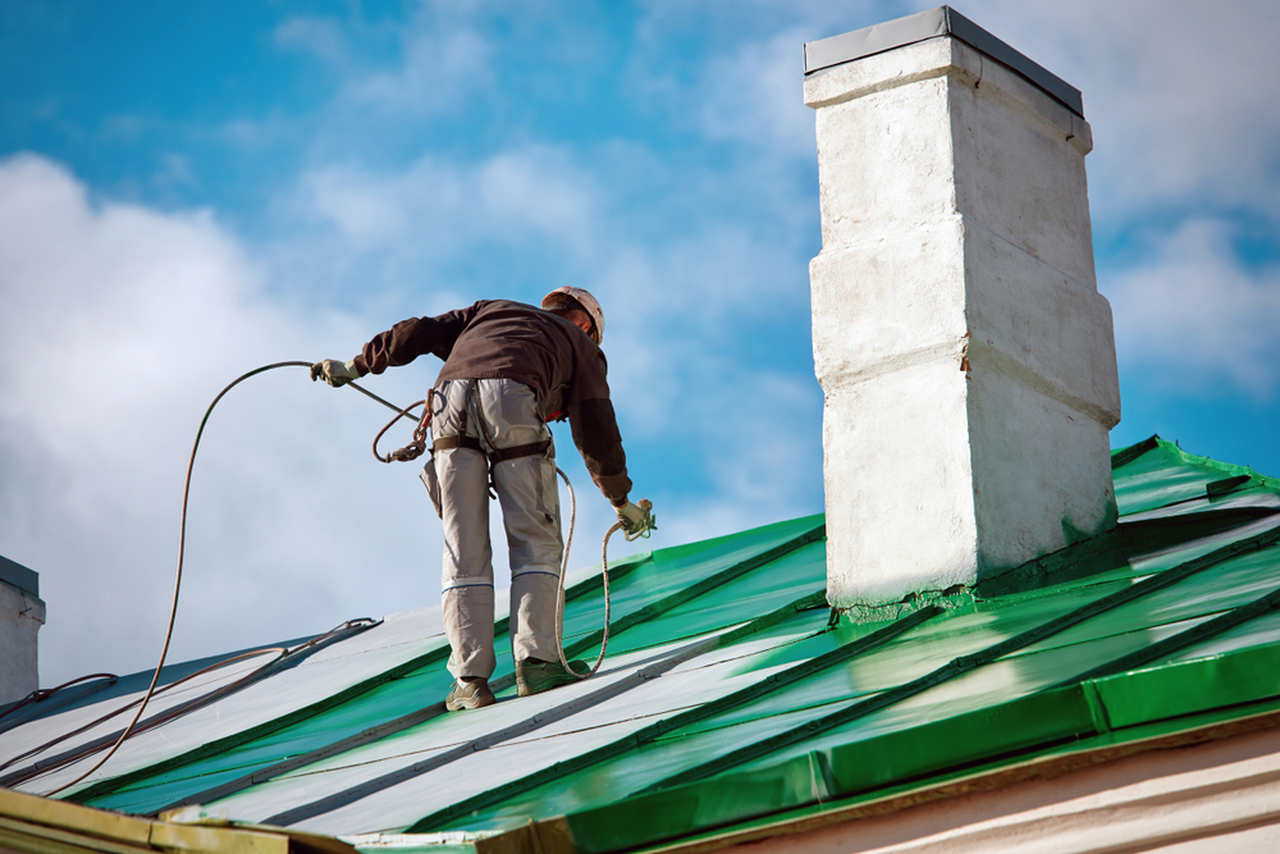The Complete Guide to Moisture Control with Water Solutions
Wiki Article
Kinds of Waterproofing: Exploring the Different Techniques and Their Applications
Waterproofing is a crucial element of building and construction and maintenance. It protects frameworks from the damaging effects of water damages. There are a number of techniques available, each with its one-of-a-kind applications and benefits. From membrane systems to cementitious solutions, comprehending these choices is essential for efficient implementation. The choice of waterproofing approach can greatly impact toughness and longevity. Discovering these various methods discloses their distinct advantages and prospective difficulties, prompting additional consideration of excellent solutions.Membrane Layer Waterproofing Solutions
Membrane waterproofing systems offer as a critical barrier versus water invasion in different frameworks. These systems commonly consist of thin sheets made from products like rubber, thermoplastic, or asphalt, which are related to surface areas to avoid wetness penetration. They can be installed above or listed below quality and are particularly effective in locations vulnerable to high water direct exposure, such as basements, roof coverings, and foundations.The installment procedure involves cleaning the substratum, applying adhesives or primers, and exactly suitable the membrane to guarantee complete coverage. Membrane systems can be either fully adhered, mechanically affixed, or laid loose, depending upon the details requirements of the task. They offer durability and flexibility, accommodating architectural activities without compromising their waterproofing capabilities. These systems can be reinforced with added layers for boosted protection. Inevitably, membrane layer waterproofing systems are necessary for protecting structures versus water damage and maintaining long-lasting stability.Liquid-Applied Waterproofing Coatings
Liquid-applied waterproofing layers give a versatile option for shielding surface areas from water infiltration - Yard drainage Omaha. These coverings include fluid materials that, when used, form a smooth, versatile membrane layer. Their adaptability enables application on various substratums, including concrete, steel, and wood. The finishings can be utilized in varied settings, from residential to commercial settings, making them suitable for roofs, foundations, and below-grade structures.One considerable advantage of liquid-applied finishes is their capacity to satisfy irregular forms and penetrate splits, creating a robust obstacle versus moisture. They often exhibit exceptional attachment properties and resistance to UV radiation, guaranteeing durability and toughness. Furthermore, the application process is generally straightforward, enabling for fast installation and lowered labor costs. This technique also decreases the danger of water merging, as the continuous layer effectively directs water away from vulnerable locations. On the whole, liquid-applied waterproofing coverings are a reliable choice for extensive water defenseCementitious Waterproofing Solutions

Cementitious waterproofing solutions supply a robust option for structures calling for dependable moisture security. These systems check my source primarily use a mix of cement, sand, and chemical ingredients to produce a water resistant obstacle. They are usually related to surfaces such as concrete wall surfaces, foundations, and floors, giving a resilient, lasting defense against water intrusion.One of the vital benefits of cementitious waterproofing is its ease of application; it can be applied making use of a brush, roller, or spray, making it appropriate for numerous project dimensions. In addition, this approach is compatible with many surface areas and can typically be utilized together with other waterproofing techniques.Cementitious remedies are particularly reliable in atmospheres where water his comment is here direct exposure is a problem, such as basements or below-grade structures. Their exceptional bond properties assure that they bond well with substratums, providing a solid and impermeable layer against wetness penetration.
Bentonite Waterproofing
Bentonite waterproofing is an extremely efficient method that utilizes salt bentonite clay to develop a natural barrier versus water. This technique makes use of the one-of-a-kind homes of bentonite, which expands upon call with water, sealing any type of possible leaks and stopping dampness infiltration. It is typically used in various applications, consisting of foundation walls, passages, and maintaining wall surfaces, where water resistance is essential.Bentonite can be applied in a number of kinds, such as panels or coverings, supplying versatility in installation. Its capacity to self-seal makes it an attractive alternative for locations based basement waterproofing specialist on moving dirt or changing water levels. In addition, bentonite waterproofing is eco-friendly, as it is a natural product that does not introduce unsafe chemicals right into the environments.Water Drainage and Exterior Waterproofing Equipments
Effective waterproofing typically includes a combination of methods, consisting of drain and outside systems. Water drainage systems, such as French drains pipes and sump pumps, are created to reroute water far from frameworks, minimizing hydrostatic pressure against foundations. These systems are essential in avoiding water accumulation that can result in structural damage and mold growth.External waterproofing, on the various other hand, includes using protective barriers to the structure's outside. Strategies such as the installation of waterproof membranes, finishings, or sealers can help protect against water infiltration. This technique not just safeguards the structure yet also enhances the general longevity of the structure.Together, drainage and exterior waterproofing systems develop an extensive solution to take care of water efficiently. By carrying out these strategies, homeowner can protect their financial investments against the harmful impacts of moisture, making certain long-lasting stability and safety and security for their structures.Frequently Asked Inquiries
Just how Do I Choose the Right Waterproofing Method for My Project?
Picking the right waterproofing technique relies on factors such as job type, ecological problems, budget, and wanted durability. Assessing these elements allows for notified choices tailored to details demands and requirements.
Can Waterproofing Be Applied in Winter Issues?
Waterproofing can be applied in cool weather condition problems, yet it requires specific products and techniques. Cold temperature levels may influence treating times and adhesion, necessitating cautious option of items created for low-temperature application.
What Are the Typical Signs of Waterproofing Failing?
Usual indicators of waterproofing failing consist of visible water discolorations, peeling off paint, wet smells, mold development, and fractures in wall surfaces or structures. Water Solutions Omaha. These signs suggest that moisture is passing through the barrier, compromising its efficiencyFor How Long Does Waterproofing Last Prior To Needing Upkeep?
The longevity of waterproofing varies, commonly lasting between 5 to one decade. Aspects such as worldly top quality, ecological conditions, and upkeep techniques influence its toughness, requiring regular examinations to assure reliable protection against water invasion.Exist Eco-Friendly Waterproofing Options Available?
The question of eco-friendly waterproofing alternatives exposes an expanding passion in lasting products (Foundation waterproofing Omaha). Various all-natural compounds, such as plant-based sealers and recycled items, offer reliable solutions while reducing ecological effect, appealing to eco conscious customersReport this wiki page